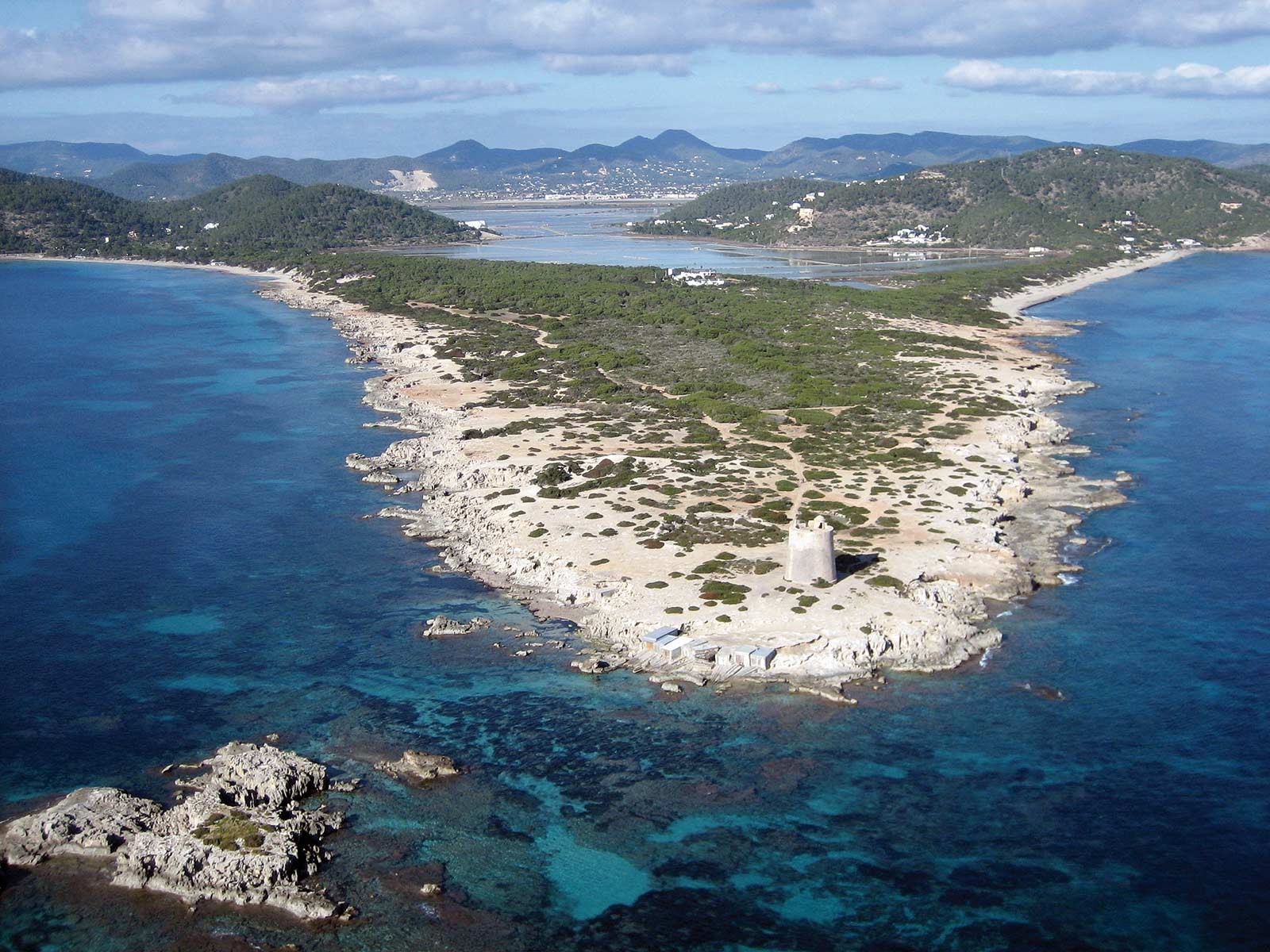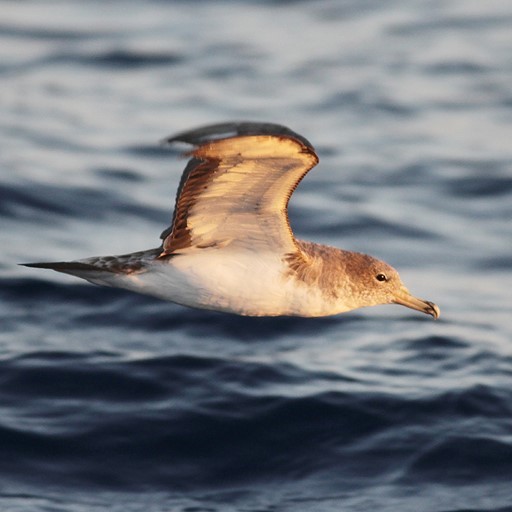Opis
The Natural Park of Ses Salines in the south of Ibiza is a great place for birdwatching. The Natural Park is famous for its salt lagoons (the lagoons of Sal Rossa, Sant Francesc de S'Estany and Estany des Cavallet are all described on Birdingplaces). But this part of the park is totally different with open sea, small rocky islets, a rocky shore and a long sandy beach and a forest of pines mixed with mediterranean shrubs. Punta de Ses Portes is not as rich in birds as the lagoons but still nice to explore for birding and a very beautiful circular walk of 4 km. Among the birds you can see are kormoran czubaty, burzyk balearski, Burzyk żółtodzioby (diomedea), rybitwa czubata, wydrzyk wielki, sieweczka morska, mewa sródziemnomorska LRcd, pokrzewka balearska, pokrzewka aksamitna, muchołówka szara, kulczyk, and makolągwa.
Szczegóły
Dostęp
Close to the airport and Ibiza-town. You can park on the Ses Salines parking (see the map). From the parking you can make a walk to the Torre de Ses Portes (a medieval watch tower) on the southern tip of Ibiza. On the way there you walk via the beach and back through the pine forest. A circular walk of about 4 km.


 (003).jpg)

 (003).jpg)
